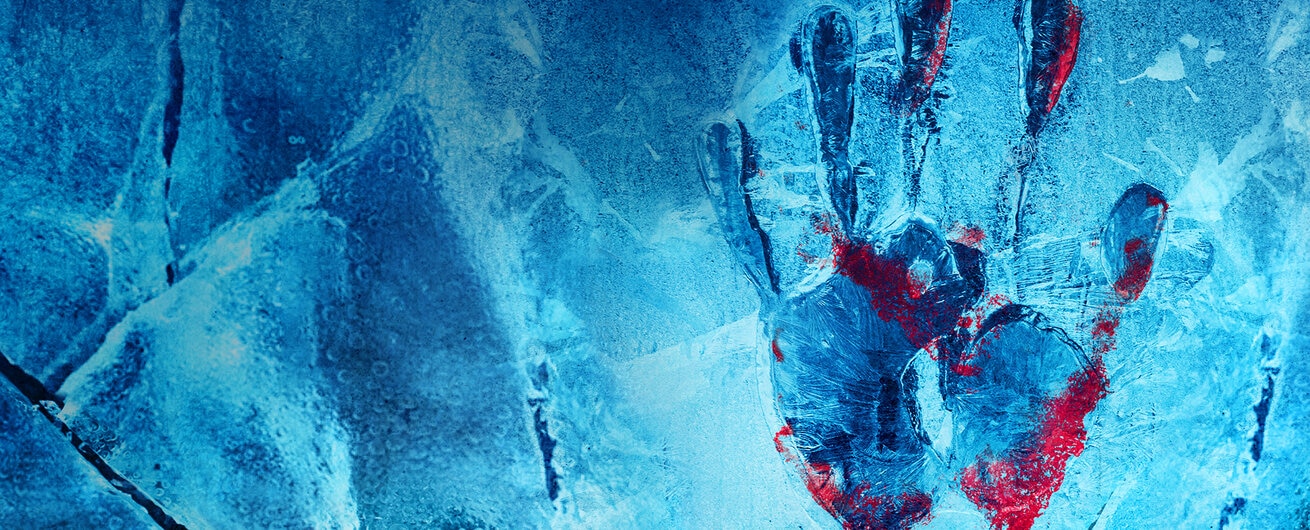Alaska’s Chilling History With Serial Killers, Murder And Violent Crime
Before the premiere of “Fatal Frontier: Evil In Alaska,” explore the state’s history of crime.

Alaska is famous for its vast and rugged natural beauty. It is also notorious for having the highest murder rates in the country.
“Fatal Frontier: Evil In Alaska,” a new Oxygen series airing Sunday, November 14 at 7/6c, explores homicides in the nation’s 49th state, and points out this stark reality in its opening moments.
“A person is more likely to be murdered in Alaska than any other state,” reads a legend on the screen based on a National Crime Information Center statistic.
How did the sprawling state come to hold this chilling distinction — and why? To answer the question, one needs to look back at least a half a century.
In a March 2021 Anchorage Daily News article about “Alaska’s Dirty Dozen,” a 2020 book chronicling 12 of the state’s most heinous murders, the author notes that the picture of the area “that emerges from the 1970s isn’t enticing. As the pipeline boom flooded the state with money, crime figures swarmed in to grab some of it.”
“Serial killers also hit the state during the ’70s,” added the author, who noted that the “state’s appeal to end-of-the-road types” exacerbated Alaska’s connection to crime.
Etched into Alaska’s history are several serial killings. Between 1971 and 1983, Robert Hansen, a baker who lived a double life as a serial killer of women, abducted, raped, and murdered at least 17 women. Hansen pleaded guilty to four murders and admitted to killing 17 women, the Anchorage Daily News reported. In February 1984, he was sentenced to 461 years plus life without parole.
In 1983, in the tiny former mining town of McCarthy, computer programmer Louis D. Hastings “methodically, at times from ambush, killed six of his neighbors” reported the Washington Post at the time of the slayings. “He wounded two others.”
Prosecutors said his motive was to disrupt construction of the Trans-Alaska Pipeline System. He was sentenced to 634 years in prison.
In 1984, Michael Silka, a 25-year-old unemployed drifter from Illinois, went on what the New York Times described as a “three-hour riverbank rampage.” During that time, Silka “killed seven residents of this wilderness hamlet and dumped their bodies into the rain-swollen Tanana River.” Victims included a pregnant woman, her husband and their 2-year-old son. Silka was killed in a standoff with police.
Mass murders go beyond small towns. In 2016, James Dale Ritchie was killed by police who had stopped Ritchie for allegedly “stiffing a cabdriver,” reported nbcnews.com. In the exchange of gunfire, an officer was wounded by Ritchie, whose gun was linked to five Anchorage murders.
Beyond serial slayings, homicide and violent crime is part of the state’s fabric, which has been linked to Alaska’s extreme weather, the remoteness of villages, and the issue of not enough police presence in the sprawling state.
For the sixth consecutive year Alaska ranked first in the U.S. in the rate of women murdered by men, according to the annual Violence Policy Center study released September 29, 2021.
Social issues are connected to the crime rates. “The violence is happening alongside rampant drug and alcohol abuse, particularly in remote areas of Alaska, where native villages often lack law enforcement,” according to a 2019 USA Today report.
In February 2021, the Alaska Department of Public Safety said that it formed a new review team to investigate domestic violence cases across the state in which the victim was killed or nearly killed in order to reduce the number of incidents, KTUU reported.
To learn more about true crime in the nation’s 49th state, watch “Fatal Frontier: Evil In Alaska,” airing Sunday, November 14 at 7/6c on Oxygen.


















